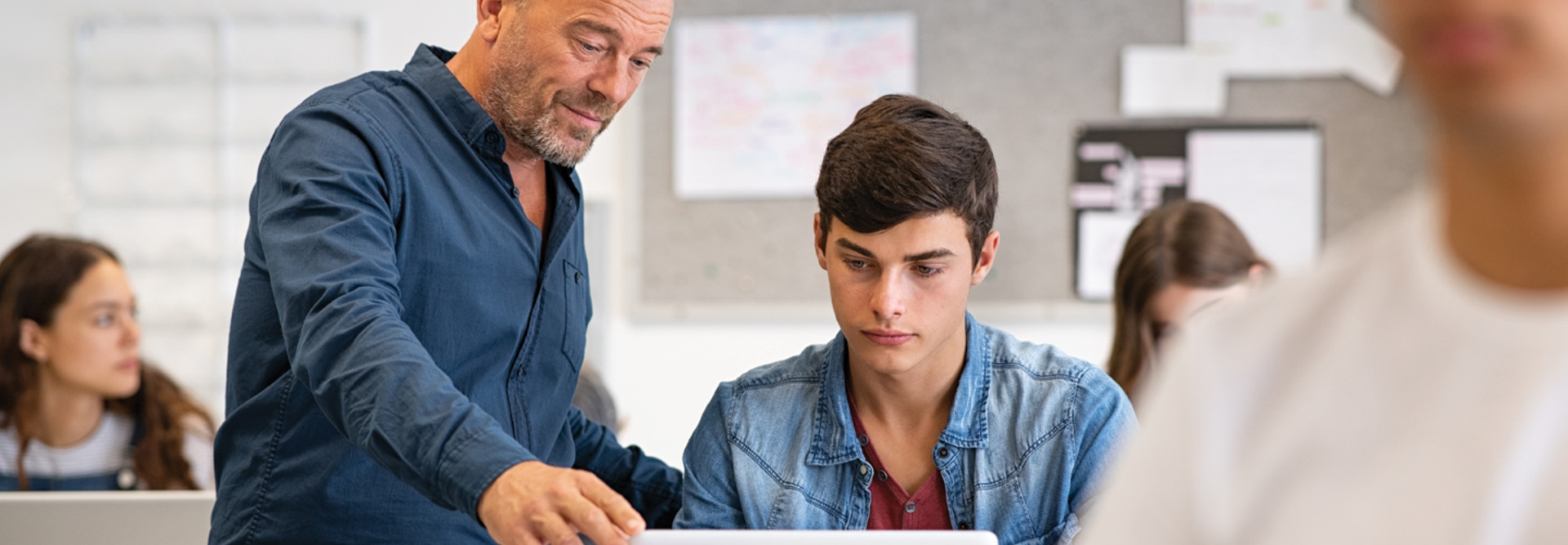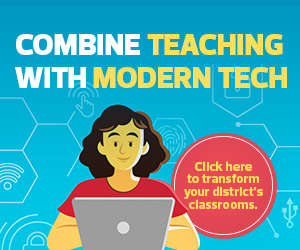What Is Pedagogy in Education?
Pedagogy — which Monica Burns, educational technology and curriculum consultant, defines as the approach educators take to get a message across to a group of students — can get a modern assist from technology.
In the past, lessons plans may have centered on traditional techniques and educator-led instruction. The emergence of tech tools, ranging from portable devices to interactive textbook solutions, expanded the ways students can learn about new concepts, says Burns.
“If you’re teaching social studies or science, I don’t know that the content component has changed drastically, but the technological component of that and the knowledge educators have around thoughtfully integrating technology has definitely changed,” Burns says. “That’s influenced the pedagogy.”
Even before the pandemic, tech-focused instruction produced positive outcomes. Forty-one percent of schools felt technology was helping students learn more actively, according to a U.S. Department of Education report, and 33 percent strongly agreed the way it was being used was helping students become more independent and self-directed.
LEARN MORE: How can K–12 educators successfully implement flipped-classroom models?
What Technology Supports Pedagogy in Education?
Certain technologies have been popular classroom choices in recent years, according to Burns, including learning management systems that help distribute resources, such as Microsoft Teams and Google Classroom, and creativity-based solutions like Adobe Creative Cloud Express for Education.
“Other tools really take formative assessment routines to the next level,” she says. “There’s an ability to add video and voice and increase participation by giving kids more access to share using tools like Flipgrid.”
Emerging tech also is being used in instruction. Hall recently met with a sixth grade science teacher about students designing a 3D augmented reality model and projecting it in the classroom with a tablet for a lesson on how weather and erosion affect land. She’s also taken students on a virtual field trip.











